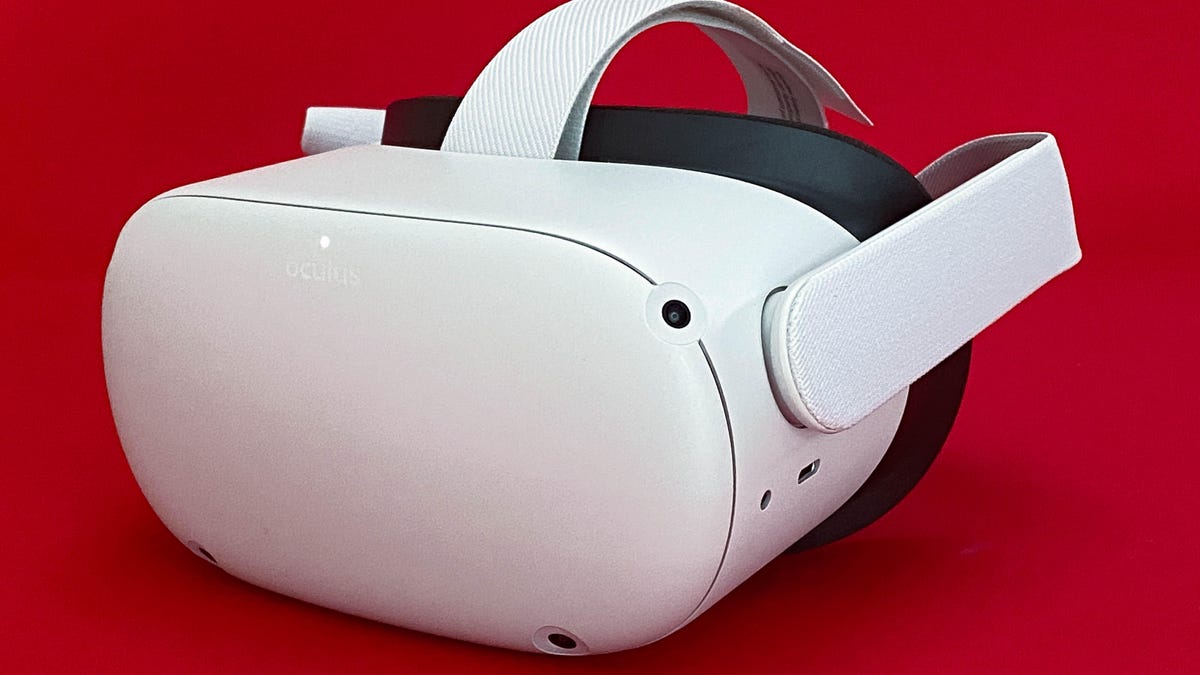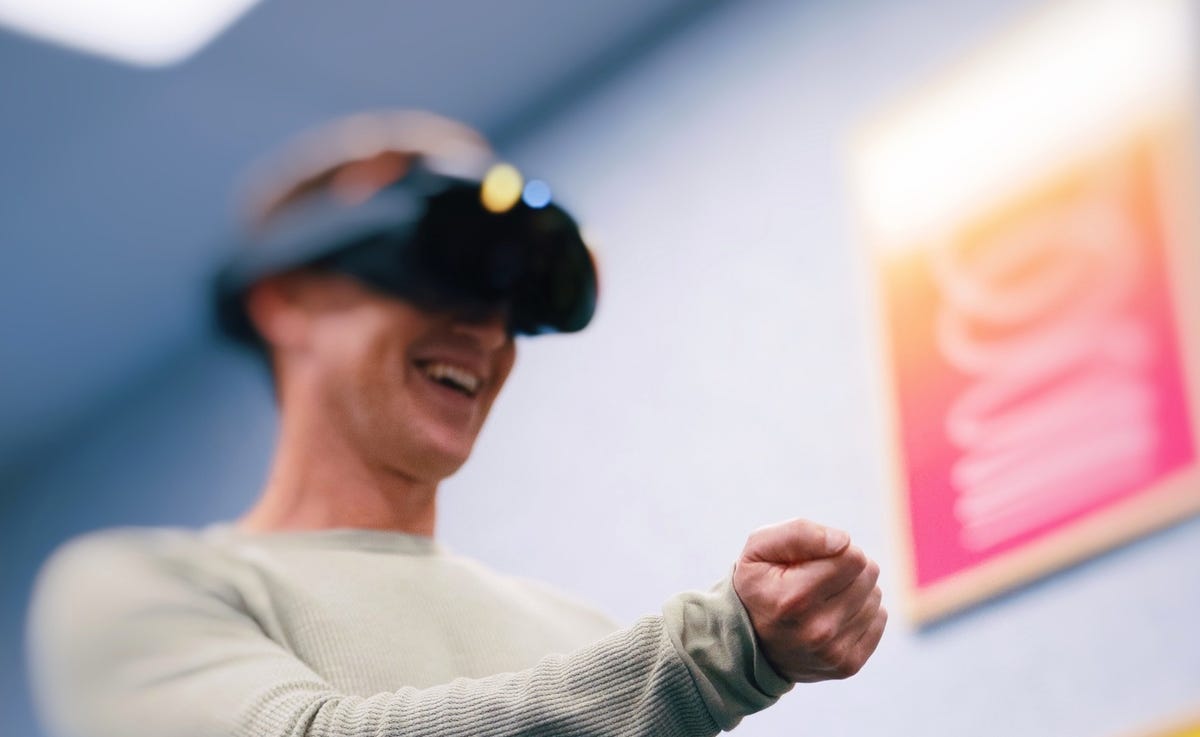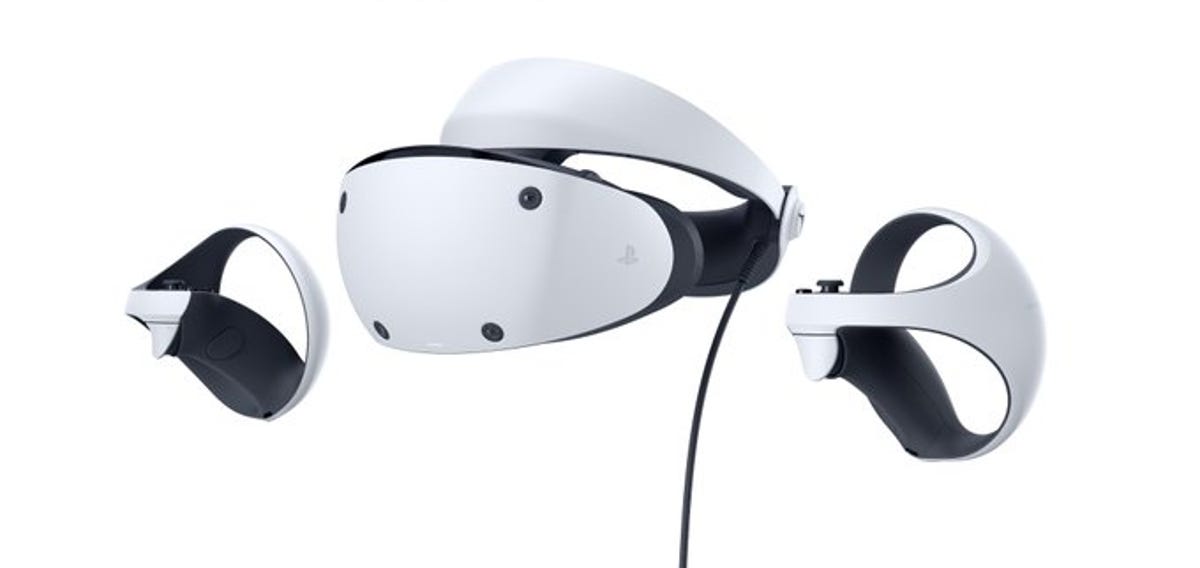The Low-Cost VR Honeymoon Is Over

The Quest 2 is becoming more expensive, but that’s just the beginning.
Scott Stein/CNET
Call it a summer surprise. Meta suddenly ratcheted up the entry-level price for its two-year-old Quest 2 VR headset, jumping from $299 to $400 starting Aug. 1. A product getting more expensive two years after its release doesn’t normally happen. But these aren’t really normal times, and the Quest 2 was never a normal headset.
While Meta’s reasoning is that the price increase helps its investment in VR and the metaverse, the Quest 2 headset was always priced artificially lower than a device like that should have cost. It’s unfortunate, but it’s hardly the end of the price increases for VR tech. Based on what we know about the next wave of the most-anticipated VR headsets, things are going to get a lot more expensive soon.
Not trying to stress you out or anything, but these next devices will hardly be impulse purchases.
Read more: Best VR Headsets of 2022

Meta’s pro-level headset coming later this year will be even more expensive.
Meta
Meta’s next headset, the expected “Quest Pro” also called Project Cambria, should be coming this fall. It’ll have eye tracking, better-quality displays and capabilities for mixed reality that will blend the real world with VR using color passthrough cameras. It’s also expected to cost over $800.
Apple’s long-expected VR headset, now projected for a 2023 release, could vault as high as $3,000, according to reports. Apple’s monitor polishing cloths are expensive. Its headphones are expensive. There’s no way a VR headset, especially if it’s stand-alone, boasts next-level Apple processors and is capable of retina-level resolution with eye tracking and high-end audio, won’t cost a lot.

PlayStation VR 2: it could be expensive, too.
PlayStation
The “most affordable” of the three might be the PlayStation VR 2, a headset expected by the end of this year. Signs are pointing to premium pricing, though. The PSVR 2 isn’t a stand-alone device, but its high-res OLED displays, spatial audio, rumbling haptics-enabled headset, eye tracking and custom advanced-haptics-enabled controllers sound extremely refined. PC VR headsets like this cost at least $600. The original PSVR cost $400. You’ll also need a $500 PlayStation 5 to use it, if you can find one to buy.
“I wouldn’t call it a wave, but I do think that the Quest 2 will remain the most complete VR solution at that price segment,” says Anshel Sag, a VR/AR analyst at Moor Insights and Strategy. “All signs point to Cambria and other headsets being considerably more expensive.”
At the same time, Sag says that he sees a return of VR toward consumer headsets, versus business-focused models. “I think the PSVR will help with that even as the Quest 2 raises in price.”
There was a time when VR cost $100, or was nearly free. Little plastic goggles for phones, or cardboard foldout displays, made capable little stationary VR devices back in the mid-2010s. Those days are long gone. Meta’s Quest 2 has been the new stand-in, and as a $300 all-in system, it was an extremely appealing proposition.
Even with Meta’s many questionable data policies and behaviors, and the $100 price increase, and Meta’s financial problems, the crazy thing is that the Quest 2 is still by far the best and most affordable VR headset. And that’s not likely to change: TikTok parent company ByteDance and its VR hardware company, Pico, could release a Quest 2 competitor headset soon — but its software library won’t be able to quickly catch up with Meta’s. HTC’s Vive hardware, while promising, is still business-focused, while its experimental phone-connected Flow headset doesn’t have many apps. Qualcomm keeps promising a wave of phone-connected VR/AR headsets that could cut costs by using phones as the main processing power, a return of sorts to the world of low-cost phone-based VR…but which manufacturer will make one, and with what app library? Without an Apple, Google, Samsung, Valve, Amazon or Microsoft onboard, it’ll be a challenge to ever catch up.
For now, the Quest 2 remains the likely low-cost option. Hence, maybe, Meta’s price-increase gamble. It doesn’t make the Quest 2 any more appealing, but by the end of the year it may end up surrounded by a lot of far more expensive competitors.